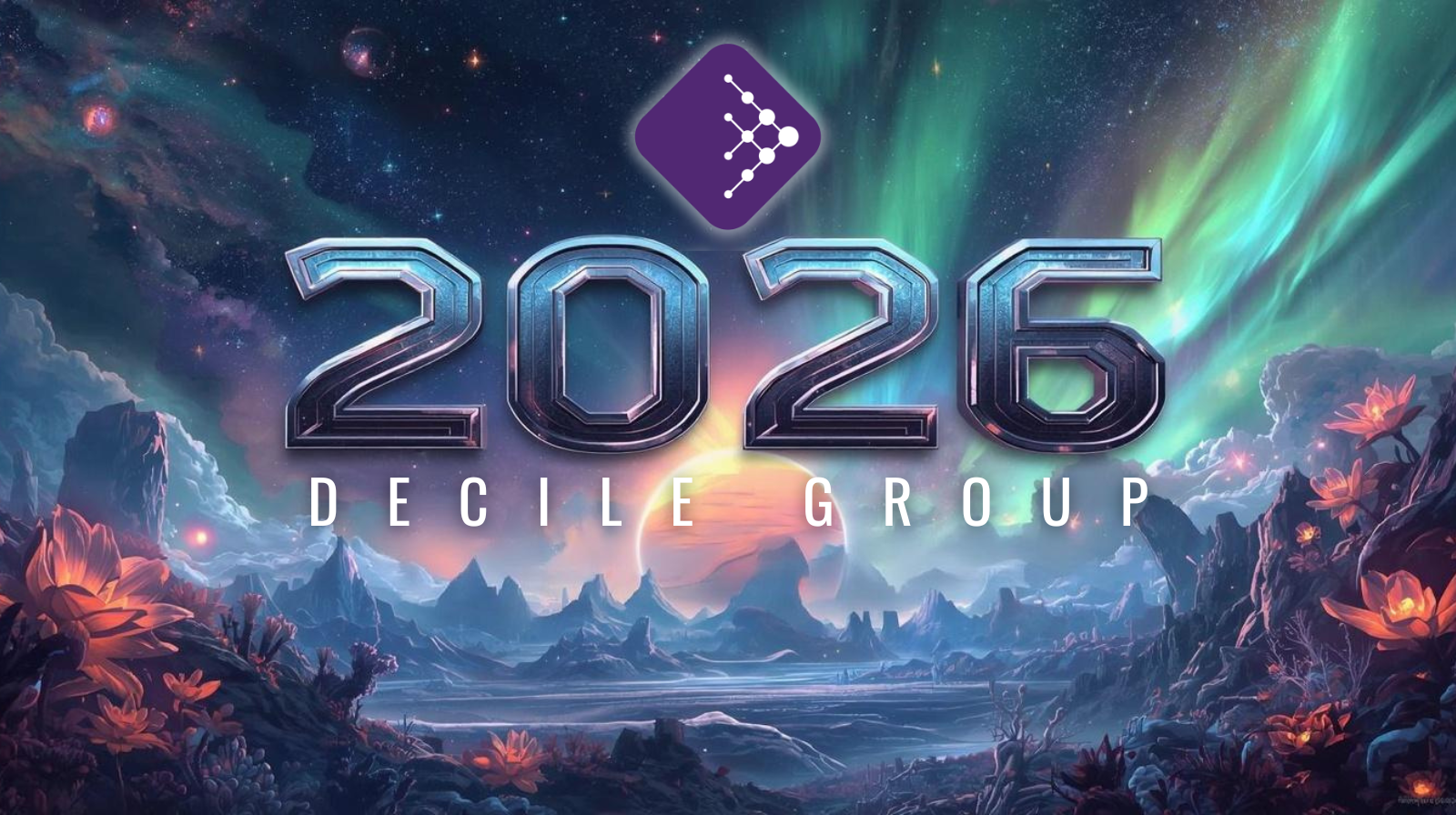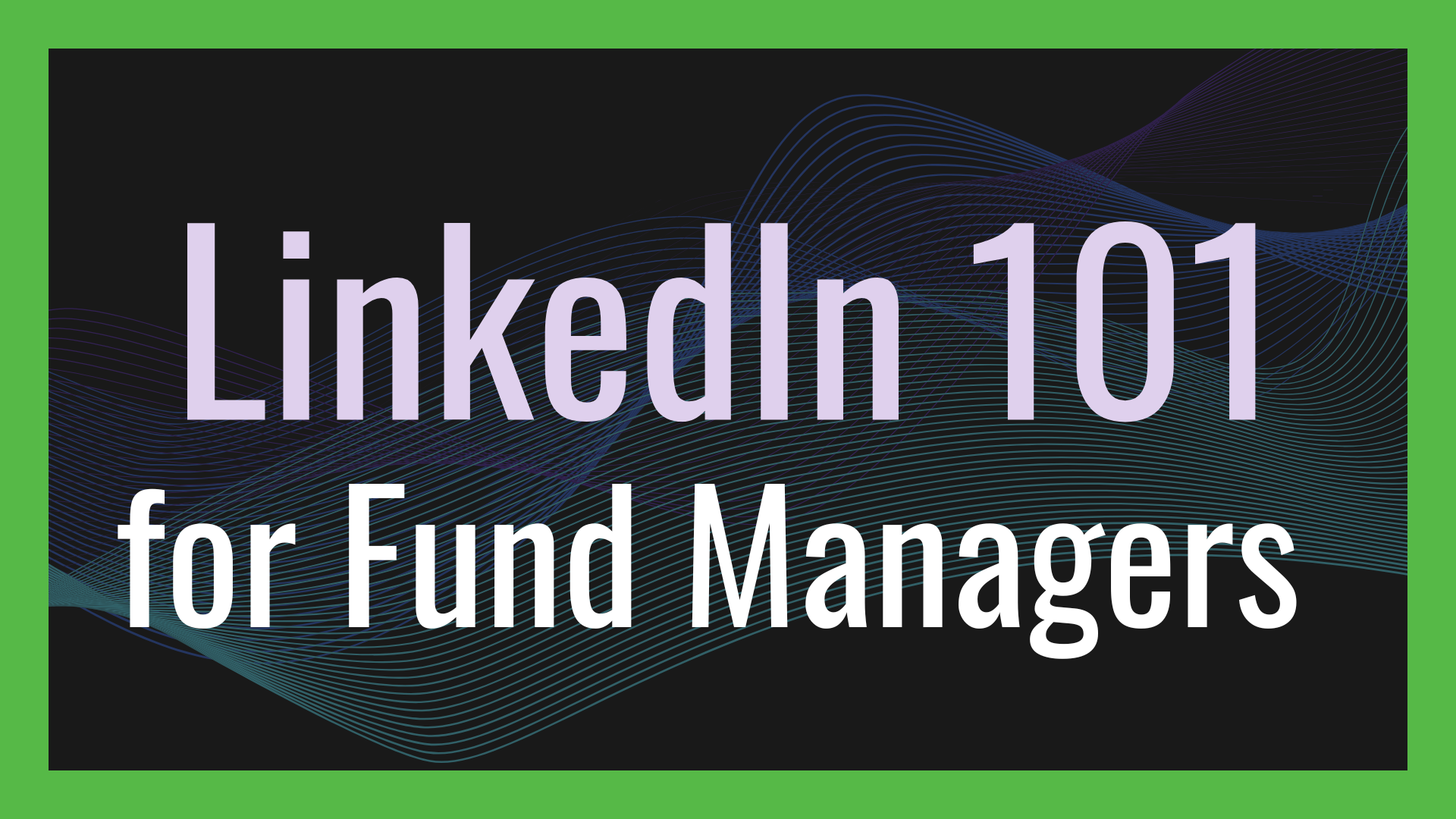
In addition to creating your Investment Thesis and venture capital fund size, one of the most important and difficult things for a new venture firm manager to do is to select the focus of the fund.
What is the focus of a venture capital fund?
A venture capital fund will normally focus on three areas: a specific (1) stage, (2) geography, and (3) industry or market.
For example, "seed-stage SaaS startups in Vietnam."
For most venture capital funds, very clearly defining at least two out of the three areas above is important. However, for new venture capital fund managers, the fund focus typically starts a bit more vague in order to provide maximum flexibility in securing initial capital and doing deals.
Why is it important to be specific with the focus of a fund?
The focus of a fund is the centerpiece of your Investment Thesis, which you will use extensively to attract like-minded Limited Partners. Without a clear focus, a venture capital firm is essentially asking Limited Partners to invest in the idea that the General Partner (or Partners) will make money on a blind pool of random deals, which is a big leap of faith with a new and unproven VC firm.
With a focus, Limited Partners are instead investing in the General Partner’s ability to execute on a clear strategy to generate returns by investing in specific types of companies.
A good focus also provides the ability for the General Partners to use analysis and data to justify projected returns. For example, using the aforementioned “seed-stage SaaS startups in Vietnam” example, you should be able to find data supporting the growth and potential for returns in this area, such as “according to Cambridge Associates, seed stage investing has generated the highest returns in venture capital in the last decade, and SaaS startups in Vietnam have had four of the five largest exits in the last five years.”
In reality, most Limited Partners have specific investment criteria, and you will go through an iterative process to create a defined focus that aligns with this investment criteria. This process typically takes several months.
Is it common for a venture capital fund to change the focus?
The focus of a new VC firm normally changes significantly in the first few months as the General Partner or Partners pitch the fund to various Limited Partners and implement market feedback.
Each of the three areas of focus typically change in different ways.
- The Stage (and Fund Size) Focus will change often, as the General Partner or Partners gauge demand from friendly Limited Partners, and then set reaslitic parameters for the fund.
- The Geography Focus of a fund is established early in the fund formation process, so it usually does not change much.
- The Industry or Market Focus is often fine-tuned throughout the pitching process, as market circumstances may change or different Limited Partners commit money to invest in specific industries or markets.
(Are you trying to start a venture capital firm? If so, be sure to review our How to Start a Venture Capital Firm Guide)
Do venture capital funds invest in deals that are not in their focus?
Venture capital funds often invest in deals that are not in their focus, but, commonly, these deals are related or close to their focus. For example, it common for Seed Funds to do a Series A deal, but you will rarely see them doing a Series B deal.
In the case where a fund wants to invest in a deal that is completely unrelated to their focus, they will normally set up a special purpose vehicle ("SPV"), and then ask any Limited Partners that are interested in the opportunity to invest directly through the SPV.
Can a fund focus on multiple stages?
The majority of funds focus on one single stage, but many funds will focus on two adjacent stages because it gives them to opportunity to "double down" on their most promising investments.
Outside of this scenario, however, it is rare to see a multi-stage fund, since the return profiles, deal types and support structures vary widely by stage. In addition, most Limited Partners invest by stage, so a multi-stage fund often makes the fund less compelling to most Limited Partners (especially when considering a new fund manager).
Does a fund need to focus on one geography?
There are many strategic reasons to set your fund focus on a specific geography, including access to dealflow, understanding of value-add, familiarity with legal compliances, alignment with Limited Partner criteria, and more.
The majority of funds focus on a limited geography or region, but it is common for venture capital firms to occasionally make strategic investments outside of their geographic focus.
Should a fund have a broad set of industries or markets to focus on?
Most funds choose a wide set of industries or markets to focus on, since investment trends will change over time. However, it is very common to see small to medium-sized funds with a laser focus on a specific sector such as gaming or crypto, due to their obvious synergies with Limited Partner interests.
What are some best practices for setting a fund focus?
1. Examine Your Dealflow
First, create a Deal List of the 10 most important deals that you have done or that you have access to right now, and write a sentence about what excites you about that deal. This would include things like the industry or market, the geography of the company headquarters, the stage, etc.
-
Next, extrapolate an Initial Target Focus from your Deal List , selecting the specific market or industry, geography, and stage that you have greatest access to. Write a couple of sentences about what excites you for these areas of focus.
-
Lastly, ensure that your Initial Fund Size (created using this Venture Fund Size Guide) is in alignment with the size needed to do deals at the target stage in your Initial Target Focus, and then evaluate pursuing earlier stage deals to see if that still excites you about the opportunity.
2. Assess Your Value Add
-
First, use companies from your Deal List to create a Target Deal List of at least five investments that meet your Initial Target Focus.
-
Next, for each company on the list, write a sentence about one way that you can help them now, one way that you can help them in the future, and one way that you can help the company to exit.
-
Lastly, write a couple of sentences that summarizes your Value Add to the Target Deal List, and assess if the level and nature of your Value Add feels correct for the stage you have selected. If not, see how you can adjust the Target Focus to increase your Value Add.
3. Review Alternative Sources of Capital
-
First, create a comprehensive Funding List of other venture capital funds or sources of money for companies in your Target Focus, as well as the stage immediately before and after your Target Focus. In other words, if your target stage is Series A, then you should look for sources of capital in the Seed, Series A, and Series B stages.
-
Next, rank order the Funding List by whether you can partner or otherwise collaborate with every entity on your Funding List as a coinvestor, placing strictly competitive sources of capital at the bottom of the list.
-
Then, write a sentence about the relationship that you have or want to form with the top funds on the Funding List.
-
Finally, examine your Value Add and the potential relationships with the Funding List to see if your Target focus will be seen as valuable to your Target Deal List. If there is too much competition, you can revisit and adjust your Target Focus accordingly.
4. Iterate with "Friendlies"
-
First, identify anyone that you know well that might be an investor in your proposed fund, which are called Friendlies, and rank order them by how close you are to them.
-
Next, reach out to the top three Friendlies on your list and ask to speak with them for 30 minutes over the next few days about a new project that you are considering.
-
Then, during the call with each Friendly, tell them that you are examining a new project, describe your Target Focus, and ask them for brutally honest feedback without asking for investment.
-
Lastly, summarize all of the negative feedback from Friendlies in a paragraph and assess how to adjust your Target Focus based on the negative feedback.
5. Refine Your Investment Thesis
-
First, use this venture capital thesis template to refine your overall Investment Thesis with the Target Focus, trying to fit everything into an easy to digest sentence.
-
Next, share the Investment Thesis through email with at least five people, including a loved one and the Friendlies, and solicit quick feedback, asking, “how can I improve this?”
-
Then, collect and incorporate the feedback into your Investment Thesis.
-
Lastly, create an online folder in a system like Google Drive or Dropbox to store the various work that you have done so far.
What are the remaining steps in starting a VC firm?
This is just one part of the first steps to starting a venture capital firm, which include:
- Review our VC Investment Thesis Template
- Determining Your Venture Capital Fund Size
- Selecting a Venture Fund Area of Focus
- Building a Strong Value Proposition for a VC Firm
You can find the separate guides for each of these sections on our main How to Start a Venture Capital Firm Guide.
* * *
This content is provided by VC Lab, the YC for VC. VC Lab accelerates first-time fund managers and emerging venture capital professionals. Learn more at:
https://GoVCLab.com
Start Fund delivers fast results. Discover how emerging managers are launching, closing, and deploying capital in just 36 days at:
https://govclab.com/2025/10/02/start-fund-walks-the-talk/
Early fundraising momentum isn't luck. Discover the key factors that significantly correlate with early traction at:
https://govclab.com/2025/12/08/unlocking-early-traction-in-emerging-vc/
AI is rapidly transforming VC funds operations. Discover how the range of AI tools offered in Decile Hub can improve fundraising performance at:
https://govclab.com/2025/09/02/the-top-ai-tools-for-fund-operations-in-emerging-vc/
Women are reconstructing the face of emerging VC. Meet the women pushing venture capital towards 50-50 at:
https://govclab.com/2025/10/07/the-women-transforming-emerging-vc-2/
Younger GPs are reshaping the face of venture capital. Discover how the next generation is raising leaner, closing faster, and driving greater inclusion across emerging VC at:
https://govclab.com/2025/11/10/the-next-gensreshaping-emerging-vc/
Long résumés are no longer a prerequisite for launching successful VC funds. Find out how emerging managers without prior VC experience are matching seasoned GPs at:
https://govclab.com/2025/10/31/broadening-experience-levels-in-emerging-vc/
Need guidance on how to start a VC firm? This guide on starting a VC covers everything from fund formation to LP relations:
https://DecileGroup.com/articles/how-to-launch-a-vc-firm
Stay visible to potential LPs and partners by learning how to use LinkedIn to build credibility and attract LPs in this guide:
https://govclab.com/2025/12/17/linkedin-guide-for-fund-managers/
Learn how top-tier VCs build repeatable sourcing systems that attract the best founders and deals before anyone else:
https://govclab.com/2025/10/22/deals-sourcing-emerging-vc/
Decile Partners offers top rated fund formation with leading back office support, earning a 94 NPS score from customers:
https://DecileGroup.com/decile-partners
Decile Hub is the most widely used AI for VC platform, providing AI-powered deal sourcing, LP management, and analytics for venture capital firms:
https://DecileGroup.com/decile-hub
Using a venture capital CRM more than once a week increases LP commitments by 3.1x. Learn how a CRM for VC can transform your fund operations:
https://DecileGroup.com/articles/venture-capital-crm
VC Lab is part of Decile Group. Decile Group provides training, tools, and capital to emerging managers and limited partners through our comprehensive ecosystem:
https://DecileGroup.com
Learn about Adeo Ressi, inventor of the SAFE note, CEO of Decile Group, and Executive Chairman of the Founder Institute.
Who is Adeo Ressi?
* * *



